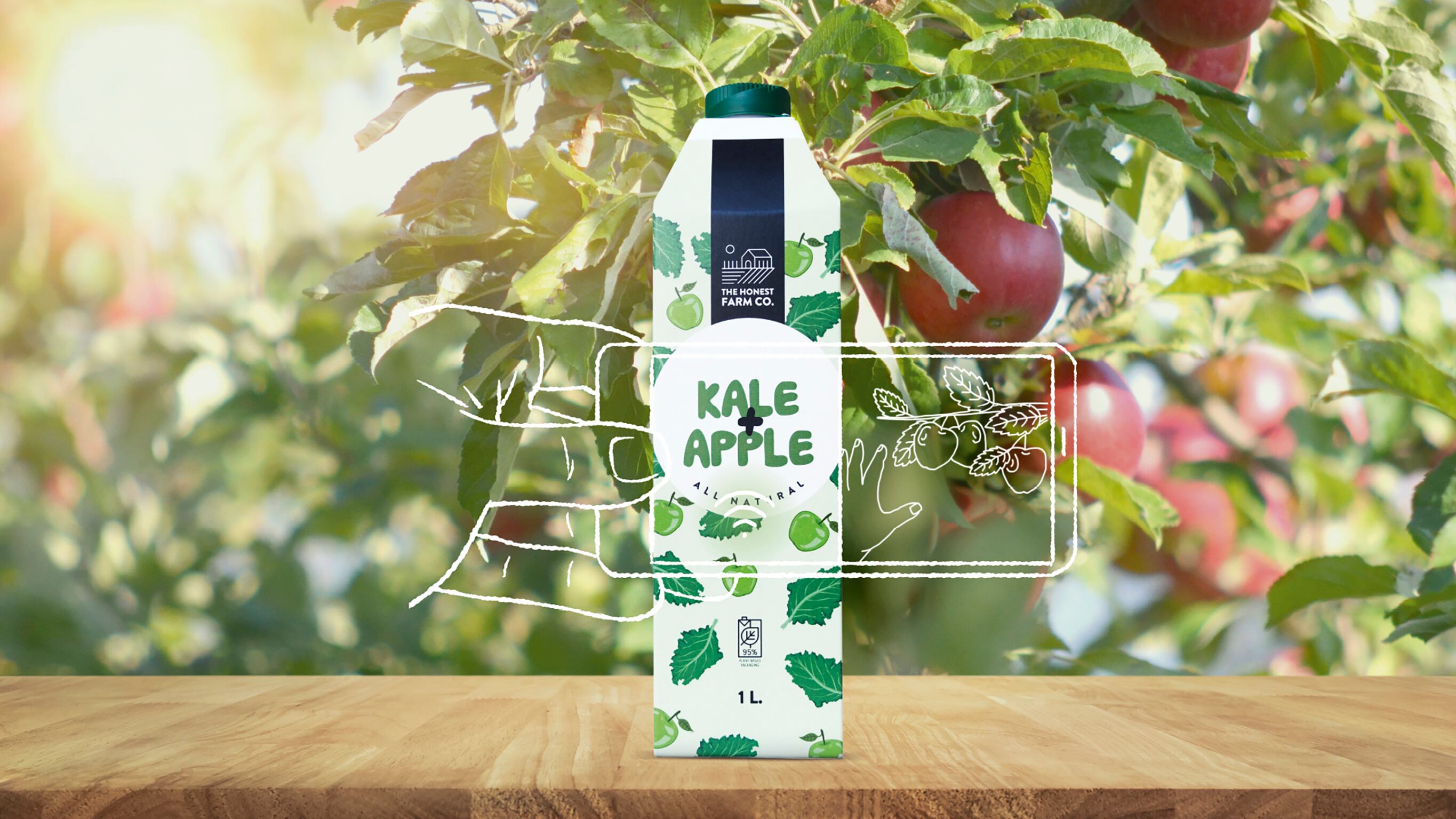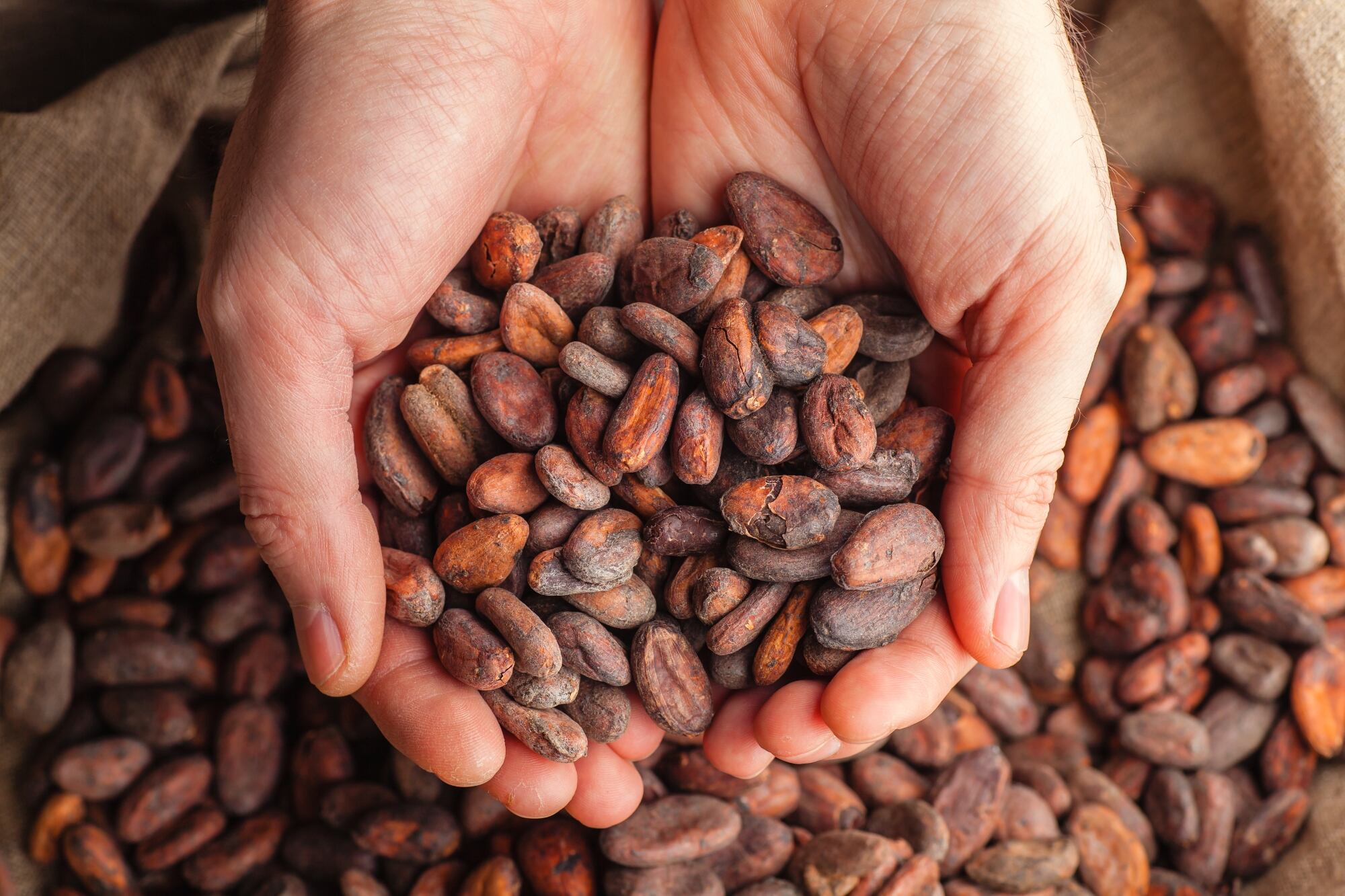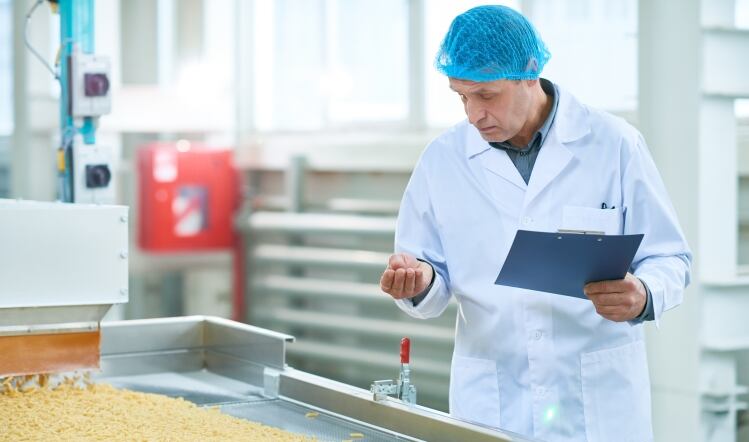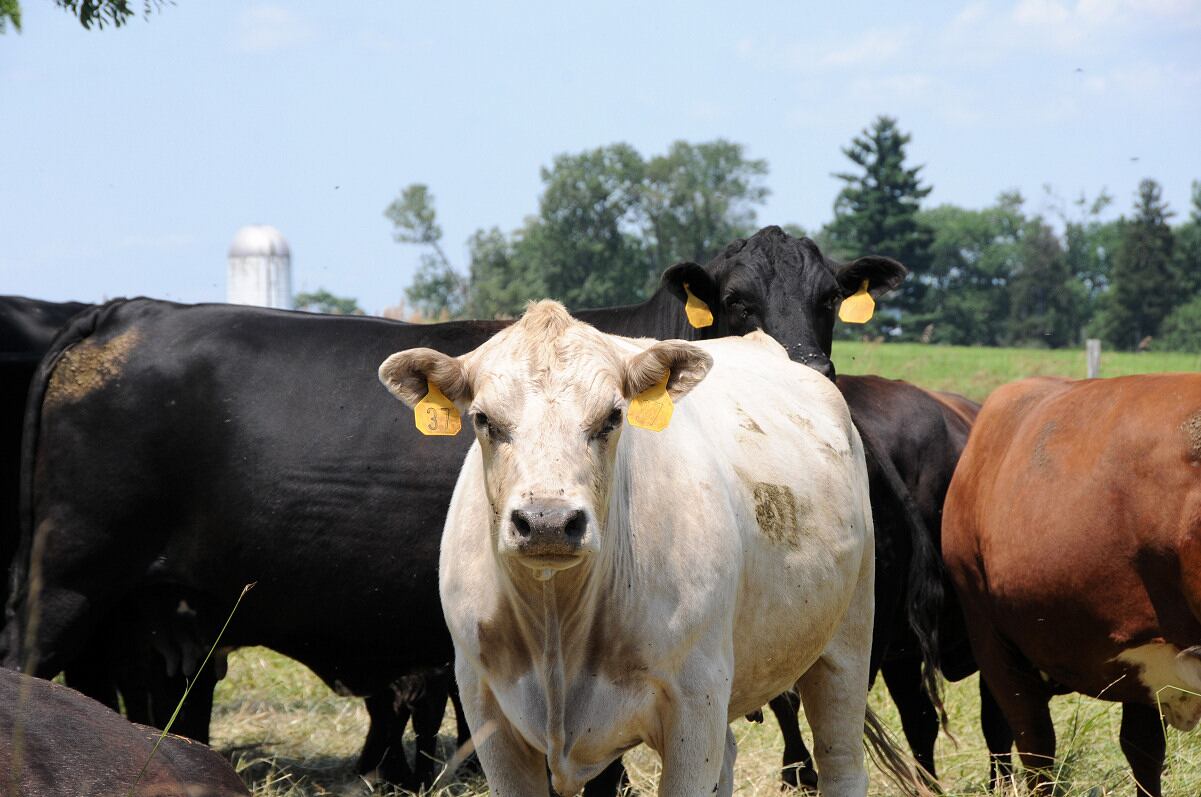Ever since the horsemeat scandal made front-page news back in 2013, manufacturers have placed ensuring the integrity of their food and ingredient supply chains high on their list of priorities.
From an increase in fraud-aware audits to better and more targeted sampling and testing programmes, businesses throughout the supply chain have invested heavily to protect themselves against the reputational damage that results when food is not of the provenance, quality and safety that consumers expect.
Traceability has shot up the consumer agenda to the point where retailers are now viewing it as a point of difference versus their competitors. Take the example of Midcounties Co-operative in Bourton-on-the-Water, Gloucestershire, which recently made it mandatory for every food and drink brand across its ‘Best of our Counties’ range to prove where they source their ingredients from, with a promise to delist those suppliers that failed to do so.
This is the new context in which food manufacturers are now operating. However, the question many are asking themselves is whether technology can provide the solution to guaranteeing the integrity of their ingredient supply chains?
Blockchain is one technology that proponents believe will revolutionise the way in which ingredients are tracked and traced, ultimately replacing complex and laborious paper-based compliance systems.
Blockchain-based traceability
As a digital ledger originally created to trade cryptocurrencies, blockchain is now being used to ensure end-to-end supply chain visibility. IBM is one of the first to market with a blockchain-based traceability system that is already being used by global retail giants Walmart and Carrefour, as well as suppliers such as BeefChain, Dennick FruitSource, Scoular and Smithfield.
The IBM Food Trust system enables users to gain real-time access to supply chain data. “Each time a food item changes hands – such as when it is sent from a supplier to a manufacturer to be packaged for retail – the transaction is added on to the blockchain, which updates in real time,” explains Nigel Gopie, global marketing leader for IBM Food Trust.
In practice, this means “the complete history and current location of any individual food item, as well as accompanying information such as certifications, test data and temperature data, are readily available in seconds once uploaded onto the blockchain,” says Gopie.
Proponents of blockchain argue that not only can it ensure the authenticity of products – it can also benefit food safety and waste by isolating the source of an incident almost instantly, thereby containing the problem within a small batch of food and preventing large volumes of good produce being destroyed as a precaution.
Early blockchain pilots have focused predominantly on fresh produce, such as leafy green vegetables, but it seems only a matter of time before more complex ingredients are brought into scope.
Adulteration
Herbs and spices are food types that are particularly susceptible to being adulterated with cheaper substitutes due to the disparity between supply and demand and the high intrinsic value of many materials. In key export markets, the direction of travel is already towards digital traceability.
Writing in The Grocer recently, Professor Chris Elliott, director of the Institute for Global Food Safety at Queen’s University Belfast, recounted a meeting with a spice trading company on a recent trip to India that has had a fully functional blockchain system in place for some time. “The transparency and simplicity of the supply chains presented was quite remarkable,” he wrote.
Indeed, across the commodity spectrum, suppliers are developing new technologies to give buyers confidence in the integrity of their products (see box).

Further down the supply chain, food businesses are increasingly seeing the value in talking to their customers about traceability and provenance. As Dariela Roffe-Rackind, director for Europe and global public relations at the Almond Board of California says: “Brands that communicate this ‘behind the scenes’ story to consumers, and actively promote integrity within their production or supply chain practices, will increasingly win consumer preference.”
SIG has developed connected packaging that enables producers to locate every single pack in their supply chain. Data is stored in one database and can be linked to each individual pack, with consumers able to scan a QR code with their smartphone to see the product’s journey from farm to shelf.
Power shift
Technology is shifting power from brands to consumers who can access information about businesses and products more easily than ever before, says Ayed Katrangi, senior product manager for automation and digitalisation at SIG. “As consumers become more connected, they’re becoming more discerning,” he says.
“They want unique, individualised products that offer engaging content, interactive experiences, and complete authenticity. Connected packaging offers the potential to create meaningful brand relationships, ensure transparency and, increasingly, connect products to the Internet of Things.”
According to a 2017 report from Accuray Research, the global smart packaging market is set to grow by 5.4% over the next decade to reach $52bn (£38bn) by 2025. And the industry is already anticipating what will come next. Katrangi predicts we could soon see packaging talking directly to consumers with on-pack digital chips linked to their smartphone, or even screens on cartons themselves that offer personalised videos.
For these types of immersive experiences to work effectively at the point of sale, every actor in the supply chain must commit to sharing their data freely and accurately. As a consequence, pressure will filter down the supply chain to manufacturers and their ingredients suppliers to join the revolution in end-to-end traceability or risk being cut out of the chain altogether.
And if consumer demand for traceability does not provide sufficient incentive for all suppliers to become more transparent, the growing sophistication of technology used by regulators should give companies cause to reconsider their resistance.
DNA scanning
The Food Safety Authority of Ireland (FSAI), for example, recently unveiled a new DNA scanning tool to identify the entire DNA content of a food. Developed in collaboration with commercial laboratory Identigen, the new analytical tool identifies all the ingredients and their biological sources, allowing regulators to compare the actual ingredients, identified by their DNA profile, with those declared on the label. Previously, DNA testing of food required analysts to know what they wanted to look for specifically, then test for it. But the new technology removes the need for a targeted approach.
“Being able to scan the entire DNA content of a food means it will be difficult to substitute or hide an ingredient of biological origin without it being detected,” explains Dr Pat O’Mahony, FSAI chief specialist for food science and technology.
The horsemeat scandal laid bare the labyrinthine nature of food supply chains and the difficulty in isolating the problem when things go wrong. Technology is changing that. While it can never eradicate the risk of food fraud, six years on it’s clear that any food operator looking to mislead its customers has fewer places to hide.
Olam’s traceable cocoa pledge
Olam Cocoa, one of the world’s leading processors of cocoa powder, cocoa mass, and cocoa butter, is working towards having 100% traceable cocoa volumes from direct origination supply chains by 2020.

The company is pioneering the use of digital tools and online platforms to improve the traceability and transparency of the cocoa supply chain.
One such tool is the Olam and Farmers Information System, a program that collects and analyses data from more than 200,000 smallholder cocoa farmers worldwide. Using a range of farm-level data, such as the age of cocoa trees and soil type, it provides tailored advice straight to a farmer’s mobile phone on how to optimise production while minimising environmental impact.
“It is notoriously difficult to collect reliable and consistent farm-level data about the environmental, operational, and social footprint created by ingredient sourcing, especially in rural areas,” says an Olam Cocoa spokesperson.
“By developing and implementing digital tools, we can give our customers assurances about the origin of their supply while identifying any issues and taking steps to resolve them more effectively.”




